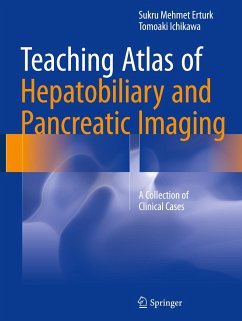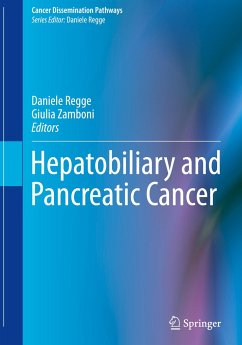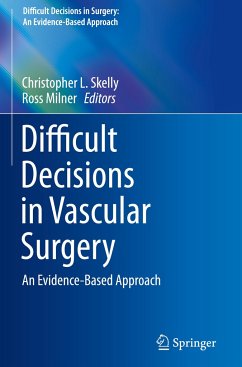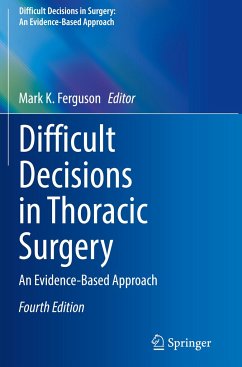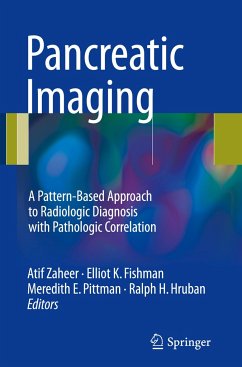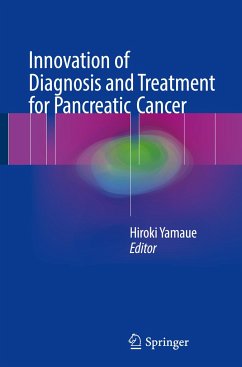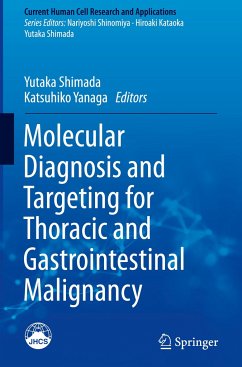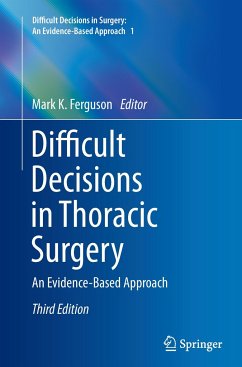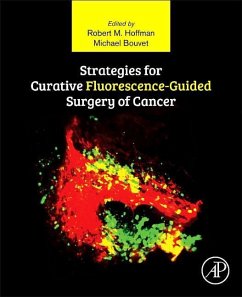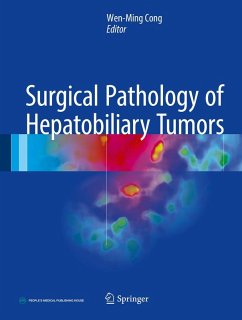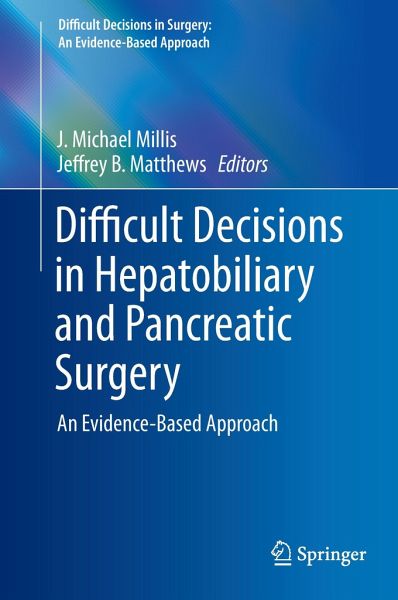
Difficult Decisions in Hepatobiliary and Pancreatic Surgery
An Evidence-Based Approach
Herausgegeben: Millis, J. Michael; Matthews, Jeffrey B.

PAYBACK Punkte
58 °P sammeln!
This book is part of a series covering surgical specialties. The volumes are multi-authored, containing brief chapters, each of which are devoted to one or two specific questions or decisions within that specialty that are difficult or controversial. The volumes are intended as a current and timely reference source for practicing surgeons, surgeons in training, and educators that describe the recommended ideal approach, rather than customary care, in selected clinical situations.



